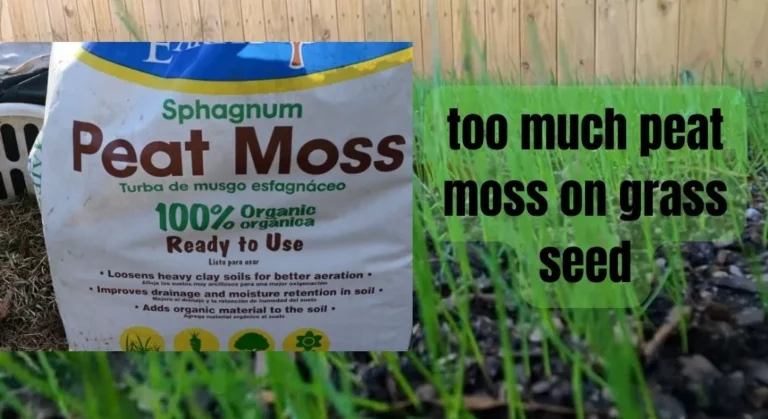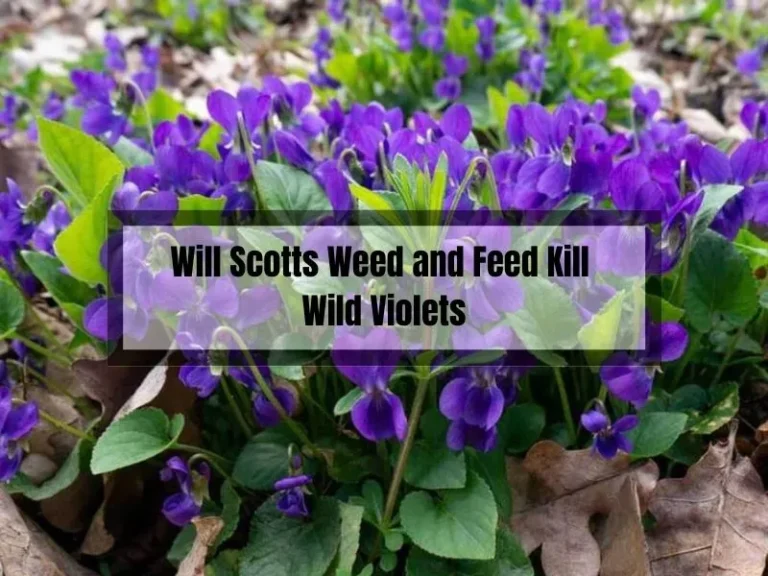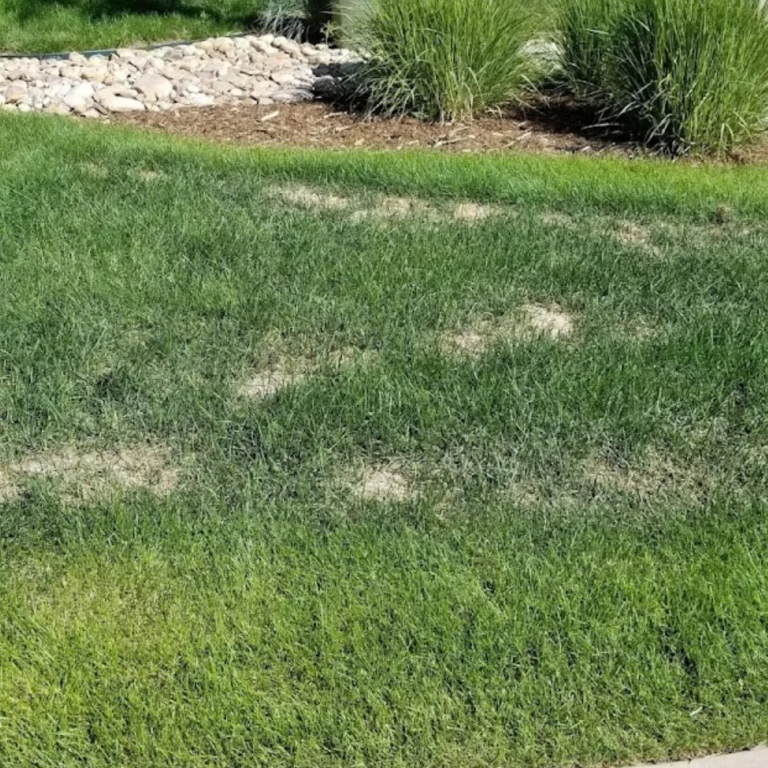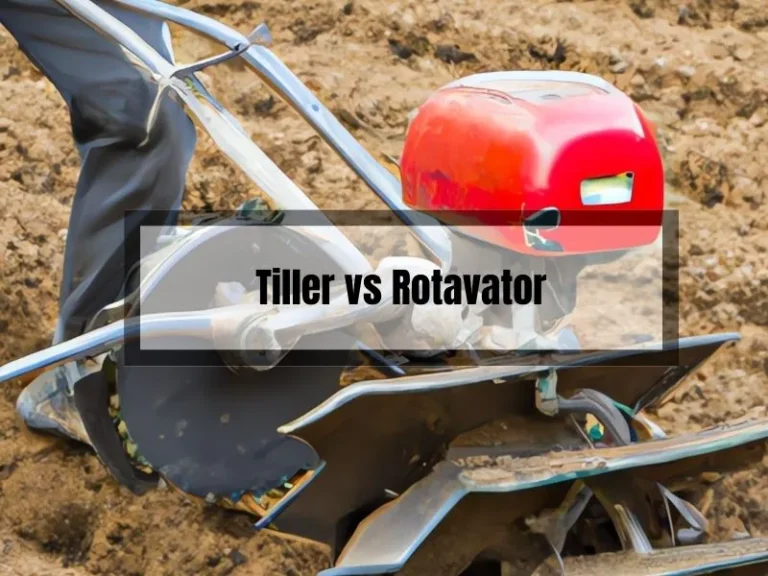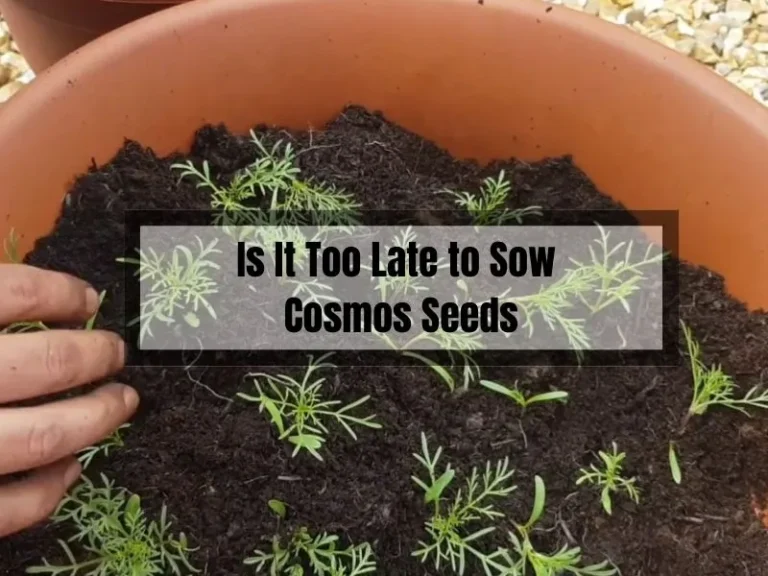Does Killex Kill Wild Violets? Your Guide to Effective Weed Control
Are you struggling with wild violets taking over your lawn? These pesky plants may look lovely, but they can quickly become a nuisance. If you’re wondering whether Killex is an effective solution for eliminating wild violets, you’ve come to the right place. In this article, we’ll take a closer look at Killex and its effectiveness in controlling wild violets.
Killex is a popular herbicide that many homeowners turn to for controlling weeds in their lawns. But does it work on wild violets? The answer is yes, Killex can be an effective solution for eliminating wild violets, but it’s important to use it correctly.
In this article, we’ll explore the effectiveness of Killex on wild violets and provide alternatives for controlling these pesky plants. So, let’s dive in!
Key Takeaways
- Killex can be an effective solution for eliminating wild violets if used correctly.
- Proper preparation of the area is crucial before spraying Killex.
- There are alternatives to Killex for controlling wild violets.

Does Killex Kill Wild Violets?
Are you tired of wild violets taking over your lawn? Killex might just be the solution you’ve been looking for. Killex is a powerful herbicide that can effectively kill wild violets.
To get the best results, apply Killex when the wild violets are actively growing, which is usually during the spring and fall. Avoid applying it during extreme heat, as this can cause the herbicide to evaporate quickly, reducing its effectiveness. Proper preparation of the area is also important to ensure that Killex is applied to the intended area only.
Killex contains 2,4-D, mecoprop, and dicamba, which are all effective in killing broadleaf weeds such as wild violets. However, it’s important to note that Killex can also harm other plants, so be careful when applying it to your lawn.
When using Killex, it’s important to follow the instructions carefully. Do not exceed the recommended dosage, as this can cause harm to your lawn and other plants. Also, keep in mind that Killex is not a one-time solution. You may need to apply it multiple times to completely eradicate the wild violets from your lawn.
How Killex Works to Control Weeds
Killex attacks weeds by mimicking the natural growth hormones of plants. Once absorbed, it causes uncontrolled growth, which eventually leads to the death of the weed. The best part? Killex is selective, meaning it only targets specific plants, leaving your grass unharmed.
Kind of like how I…um…some people can tell the difference between friend and foe without even trying.
Evidence of Killex’s Effectiveness on Wild Violets
So, does Killex kill wild violets? You bet your gardening boots it does! Wild violets are listed among the weeds that Killex is designed to control. So, if you’re tired of battling those stubborn purple invaders, Killex might be just the thing you need to save your garden from a violet apocalypse!
Effectiveness of Killex on Wild Violets
Are you tired of those pesky wild violets taking over your garden? Look no further than Killex, the weed control solution that promises to rid your lawn of those pesky purple flowers. But does Killex really work on wild violets? Let’s take a closer look.
Scientific Studies
According to a study conducted by the University of Tennessee, Killex is effective in controlling wild violets. The study found that Killex, which contains the active ingredient 2,4-D, was successful in removing wild violets from turfgrass systems. In fact, sequential applications of postemergence herbicides like Killex were required to completely eliminate wild violets from the lawn.
Many gardeners have had success using Killex to control wild violets in their lawns. One gardener reported that after using Killex, they noticed a significant decrease in the number of wild violets in their lawn. Another gardener noted that they had to apply Killex multiple times to completely eliminate the wild violets, but that it was worth the effort.
When using Killex, it’s important to follow the instructions carefully. Killex should be applied when temperatures are between 15°C and 30°C, and the lawn should not be mowed for at least 2 days before or after application. It’s also important to avoid applying Killex on windy days, as it can drift onto other plants and damage them.
How to Apply Killex for the Best Results
Now that we know Killex can help us vanquish wild violets, let’s talk about how to apply it for the best results. After all, we don’t want to go through all the trouble of using it only to find out we’ve done it wrong, right?
When to Apply Killex
Timing is everything, my gardening friends. To achieve the best results, apply Killex when the wild violets are actively growing.
This is usually during the spring and fall. Avoid applying it during extreme heat, as this can cause the herbicide to evaporate quickly, reducing its effectiveness.
Proper Preparation of the Area
Before you start spraying, make sure the area is ready for treatment. Mow the grass to a suitable height, so the Killex can easily reach the wild violets. Also, ensure the soil is moist but not overly saturated, as this can dilute the herbicide.
Application Techniques and Tips
Ready to show those wild violets who’s boss? Follow these tips to apply Killex like a pro:
- Read the label: Always follow the manufacturer’s instructions for proper application rates and safety precautions. Skipping this step is like going into battle without knowing what you’re up against!
- Use the right equipment: A sprayer with a fan nozzle will help you evenly distribute the herbicide across the area.
- Spray on a calm day: Wind can cause the herbicide to drift onto desirable plants, causing unintended harm.
- Avoid over-application: Applying too much Killex can harm your lawn and other plants. Stick to the recommended dosage for the best results.
Alternatives to Killex for Controlling Wild Violets
If you’re looking for alternatives to Killex for controlling wild violets, there are a few options available. Here are some natural methods and other commercial products you can try:
Natural Methods
- Hand-pulling: One of the most effective ways to control wild violets is to pull them out by hand. This can be a time-consuming process, but it’s worth it if you want to avoid using chemicals. Make sure to remove the entire plant, including the roots, to prevent regrowth.
- Mowing: Regularly mowing your lawn can help keep wild violets in check. However, this method is not as effective as hand-pulling, as the plants can still spread through their underground rhizomes.
- Soil improvement: Wild violets thrive in acidic soil, so improving your soil’s pH can help prevent their growth. Add lime or wood ash to your lawn to raise the pH level.
Other Commercial Products
- Roundup: Roundup is a popular herbicide that can be effective at killing wild violets. However, it’s important to note that Roundup is a non-selective herbicide, meaning it will kill any plant it comes into contact with. Make sure to apply it carefully and avoid spraying it on desirable plants.
- Weed-B-Gon: Weed-B-Gon is another herbicide that can be effective at controlling wild violets. This product is selective, meaning it only targets certain types of weeds and won’t harm your lawn. However, it’s important to follow the instructions carefully and avoid over-applying.
- Corn gluten meal: Corn gluten meal is a natural pre-emergent herbicide that can prevent the growth of wild violets. This product works by inhibiting the development of a plant’s roots, preventing it from growing. However, it’s important to note that corn gluten meal will not kill existing plants, so it’s best used as a preventative measure.
Remember, no matter which method you choose, it’s important to be patient and persistent. Controlling wild violets can be a difficult process, but with the right approach, you can keep them in check and maintain a healthy, beautiful lawn.
Frequently Asked Questions (FAQs)
Now let’s address some common questions about Killex and wild violets, just in case there’s something we haven’t covered yet.
Is Killex safe for use around pets and children?
Killex should be used with caution around pets and children. Keep them away from the treated area until the herbicide has dried completely, which usually takes about 24 hours.
Can Killex harm my desired plants?
Killex is designed to be selective, meaning it shouldn’t harm your grass. However, it can cause damage to other plants if it drifts onto them during application. Be careful when spraying near desirable plants, and avoid applying on windy days.
How long does it take for Killex to show results?
You should start seeing results within a week of application, with complete control achieved in two to three weeks.
What is the recommended frequency of application?
Killex should be applied no more than twice per year. Over-application can harm your lawn and other plants.
Can I use Killex to treat other weeds in my garden?
Absolutely! Killex is effective against a wide range of weeds, including dandelions, creeping charlie, clover, thistle, and many more.
Conclusion
So there you have it, fellow garden protectors! Killex can indeed help you rid your lawn of wild violets. Just remember to follow the application guidelines, and be prepared to try other methods if needed. With persistence and determination, you’ll soon reclaim your garden from the clutches of those pesky purple invaders!
Now go forth and show those wild violets who’s boss! Your garden will thank you.
Related Posts:

